News Blog
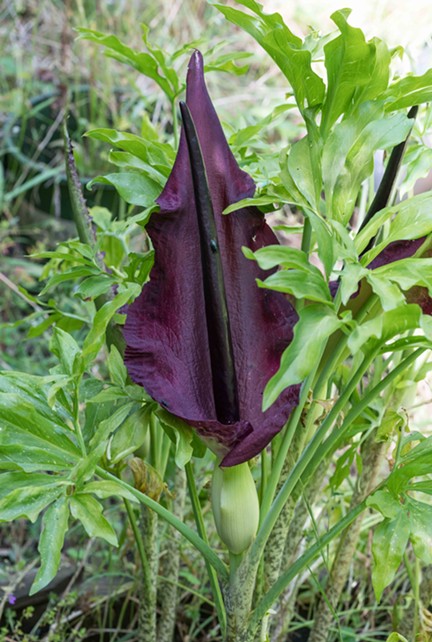
- Anthony Westkamper
- The dark and mysterious Voodoo lily.
It's springtime and my Voodoo lily (Dracunculus vulgaris) is blooming. A member of the arum family, it smells just like that old freezer for the one or two days the flower blooms. These guys don't rely on bees to pollinate them, but on flies and beetles, specifically the kind of flies and beetles that are attracted to dead and decaying animals. While not considered a carnivorous plant, they do attract and often kill a great number of green and blue bottle flies, a carrion beetle or two, and a couple of species I have yet to identify as they all vie for the chance to feast on the rotten meat that isn't there. I have had buzzards swoop through the garden when the lilies were in bloom.
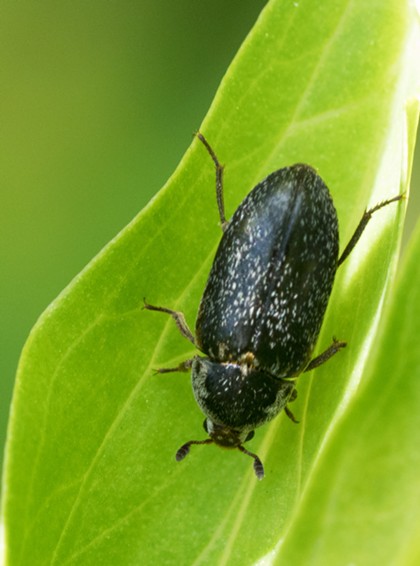
- Anthony Westkamper
- A carrion beetle lured onto the lily by the rotting meat smell.
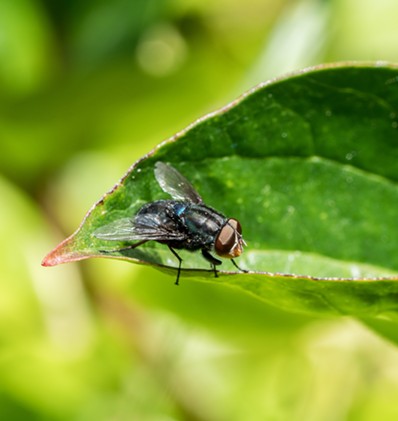
- Anthony Westkamper
- A blue bottle fly drawn to a Voodoo lily.
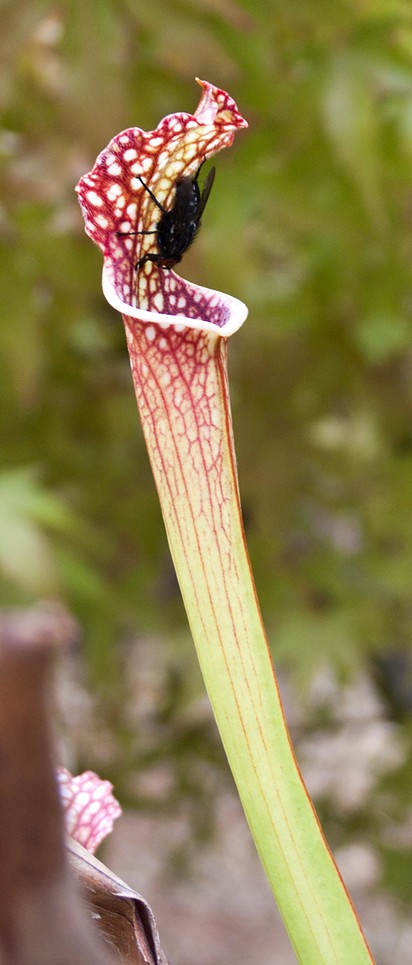
- Anthony Westkamper
- A fly on a Sarracenia pitcher plant.
Over the years I have survived raising many of these interesting plants. A fine reference book on their cultivation is The Savage Garden by Peter D'Amato, the revised edition of which I have not yet had the opportunity to read.
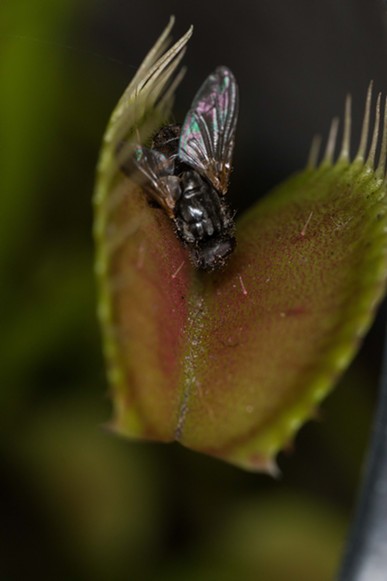
- Anthony Westkamper
- The Venus fly trap and a fly about to be, well, trapped.
Oh, a hint: Those nifty Venus' fly traps you buy at the nursery will thrive living outdoors so long as they're kept wet, don't freeze solid and get some protection from direct sun, as they would in their native Carolina bogs. Winter dormancy is essential for them to recover in the spring and thrive.
Comments